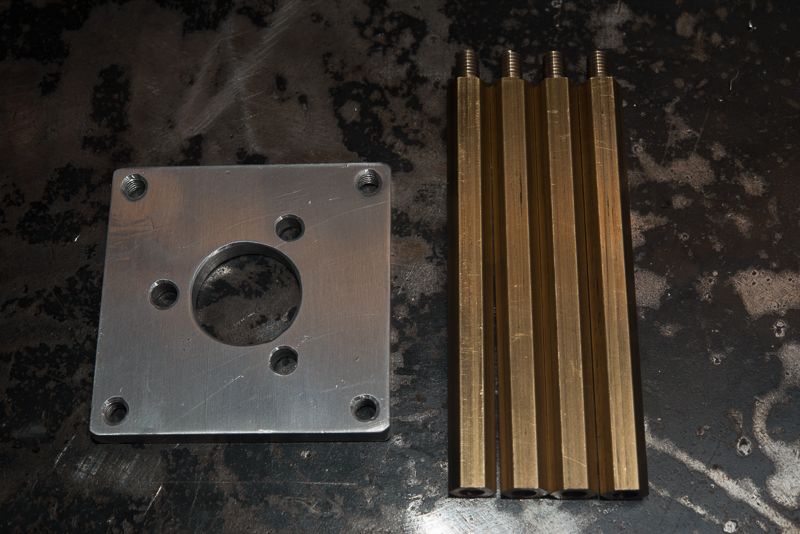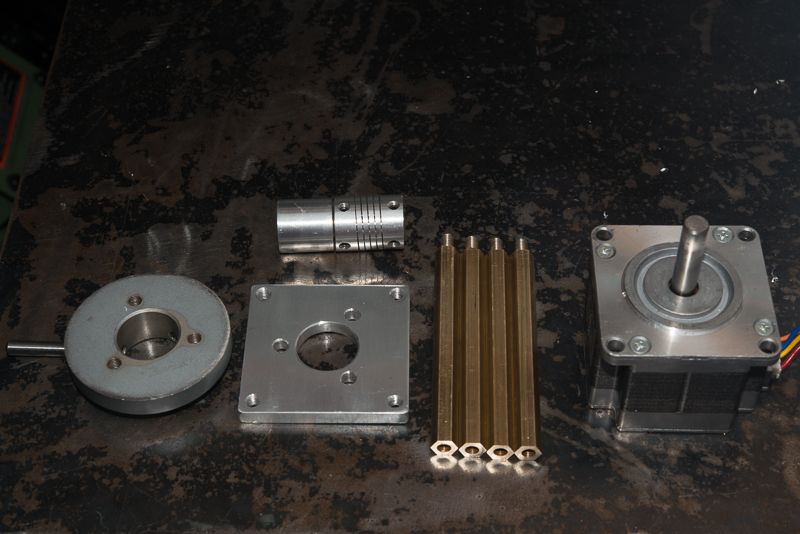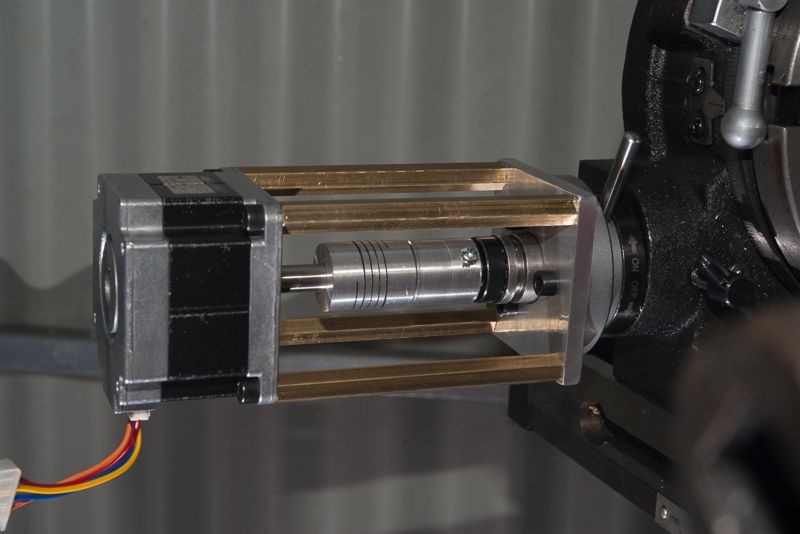TorontoBuilder
John
- Joined
- Jan 4, 2013
- Messages
- 359
- Reaction score
- 84
Correct, the pins used by the Freetronics board are:
3, 4, 5, 6, 7, 8, 9 and Analog 0
This meant I had to move one of the stepper signals off Pin 3
Okay so I dont have a stepper driver hooked up yet, so maybe this is why I'm not getting conflict when I have changed the stepPin to pin 3
I'm really not sure what you mean when you say freetronics uses pin 3, what does it use pin 3 for? I know that Freetronics uses the same pins as the sainsmart LCD; 8, 9, 4, 5, 6, 7 and A0 for the buttons.
If I cant change the software i cant use the 3 boards I just ordered... without hacking up the board to cut traces anyway









